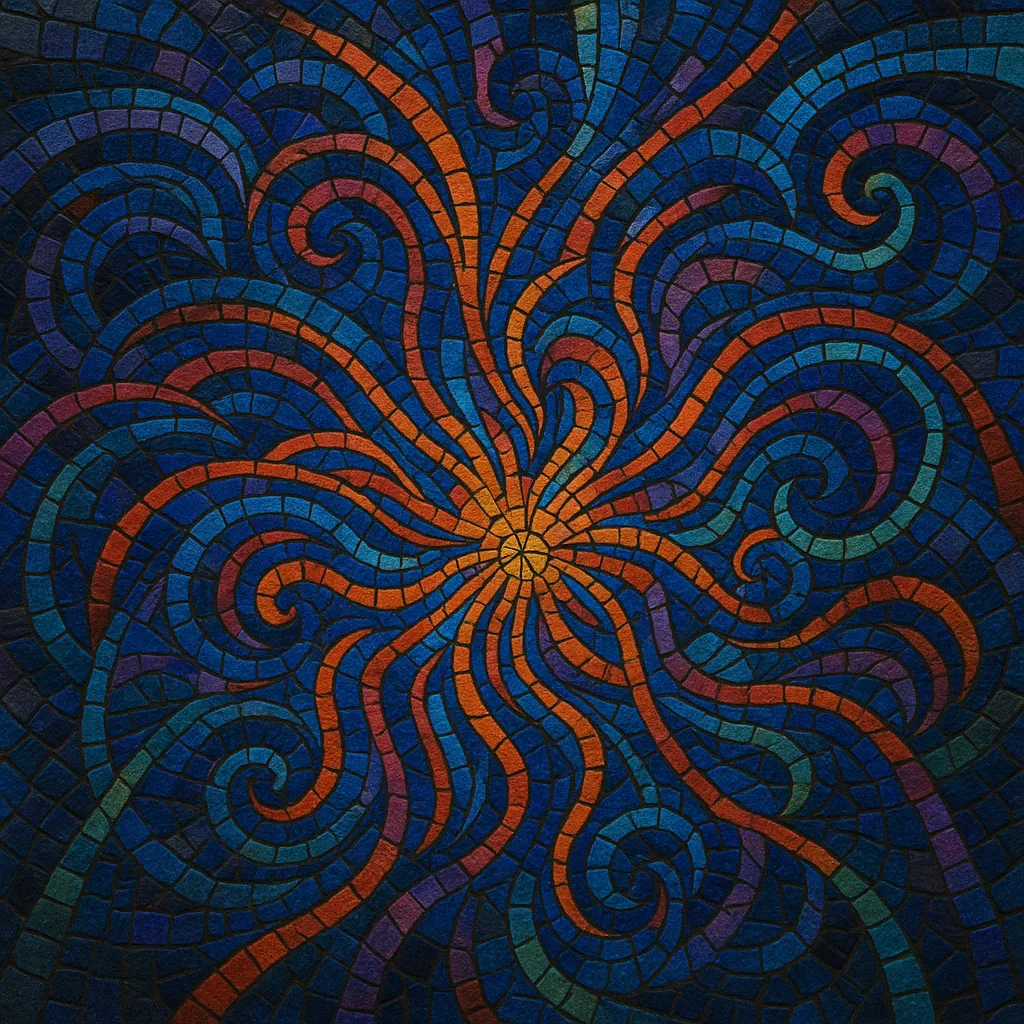Full-on (often called full-on psytrance) is a high-energy, melodic branch of psychedelic trance characterized by a driving 4/4 kick, a tightly “rolling” 1/16-note bassline, and bright, supersaw/acid leads that build toward euphoric peaks.
Typically around 142–147 BPM, it emphasizes crisp, punchy low-end (kick–bass interplay) and ear-catching arpeggios, with frequent breakdowns and explosive drops. Compared to darker psytrance strains, full-on foregrounds memorable hooks and festival-friendly arrangements, while retaining the trippy FX, psychedelic transitions, and hypnotic modulation that define psytrance.
Full-on emerged in the late 1990s and crystallized in the early 2000s in Israel’s psytrance scene. Producers distilled the hypnotic drive of Goa trance and the psychedelic sound design of 1990s psytrance into a more direct, hook-forward format. The result was a sound with rolling basslines, big melodic leads, and purposeful build–drop structures suited to large outdoor gatherings.
Labels and artists from Israel and Europe popularized the style globally. The combination of clean, powerful production and catchy, uplifting motifs resonated at festivals, helping the genre spread across Europe, Latin America, and beyond. This period defined the classic full-on template: 145-ish BPM, tight kick–bass cohesion, rhythmic synth stabs, and soaring lead themes.
As the 2000s progressed, full-on splintered and cross-pollinated. Darker, faster, and more intricate approaches helped seed hi-tech and, later, hi-tech full-on. Meanwhile, its polished bass mechanics and peak-time sensibilities informed modern festival psy and occasional mainstream EDM crossovers. Through the 2010s and 2020s, full-on remained a festival staple, balancing new sound-design trends with the genre’s signature rolling drive and melodic emphasis.


